3D Printing
There is a lot of talk these days about 3D printing. Some say it will shut down China, others that it will outmode all factories. Yes, there are revolutionary advances being made. But will we all have a Star Trek style replicator that instantaneously produces any meal, or any item for that matter, that we give voice to?
What is 3D printing?
I gave an overview of 3D printing in my last blog post here.
3D Printing products from the CES show
3D Systems had a wide variety of 3D printers and printed objects on display.
Digital Playspace has a very interesting adaptation of 3D printing for use in the home. They have an online game that allows kids to create virtual 3D dollhouses. The twist is that the virtual dollhouse furniture can be purchased individually and downloaded as an electronic file. This file can then be input to a 3D printer at home (such as the Cube by 3D Systems, available at Staples), and produced out of plastic. These items may then be hand painted, and set in an actual dollhouse.
The Digital Playhouse people also had figurines in the dollhouse. They were created by scanning real people. This scan was then fed into the 3D printer. The finished figurine can then be painted and placed with the other items.
Edible 3D printed items can now be created, which was kind of cool. 3D Systems was showing a single color ChefJet and full color ChefJet Pro. The product is available in several choices of flavor. The texture was a little grainy like sugar, supported in a solid icing. They are currently being marketed to pastry chefs.
3D Systems also displayed full color 3D printing. The print medium is gypsum-based. The printed parts aren’t durable enough for use as prototypes, though they are very good for show.
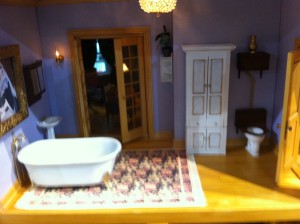
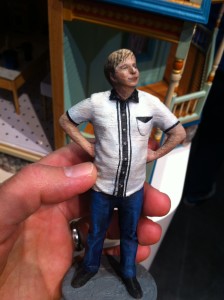
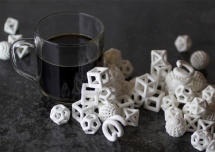
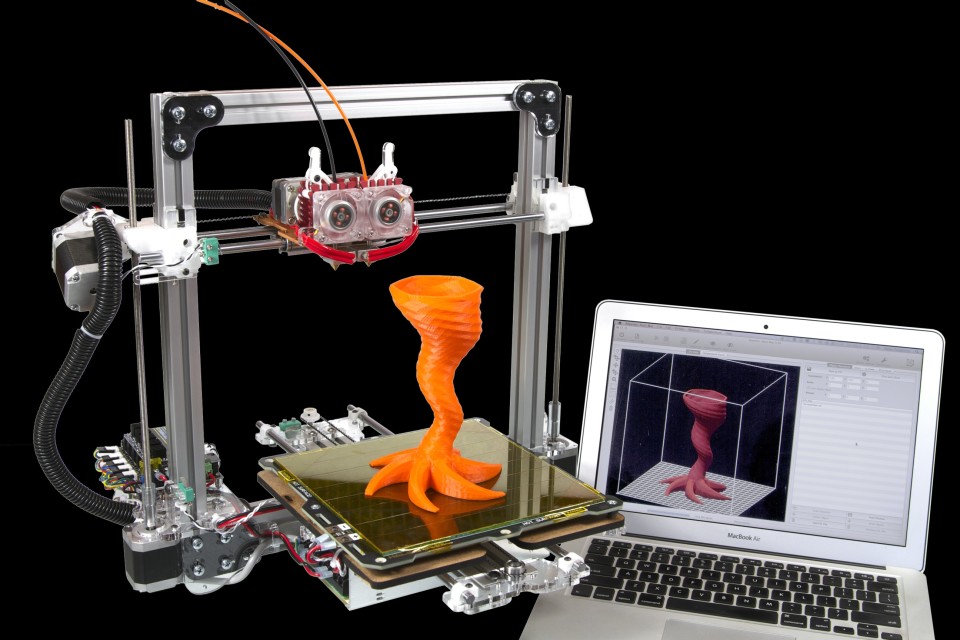

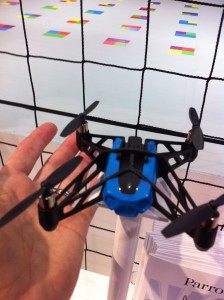
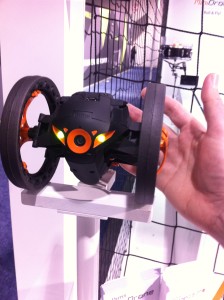
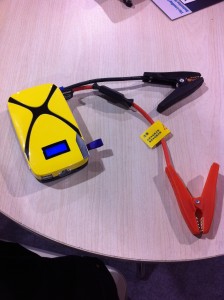
 Map of Southern California startups courtesy of
Map of Southern California startups courtesy of 

